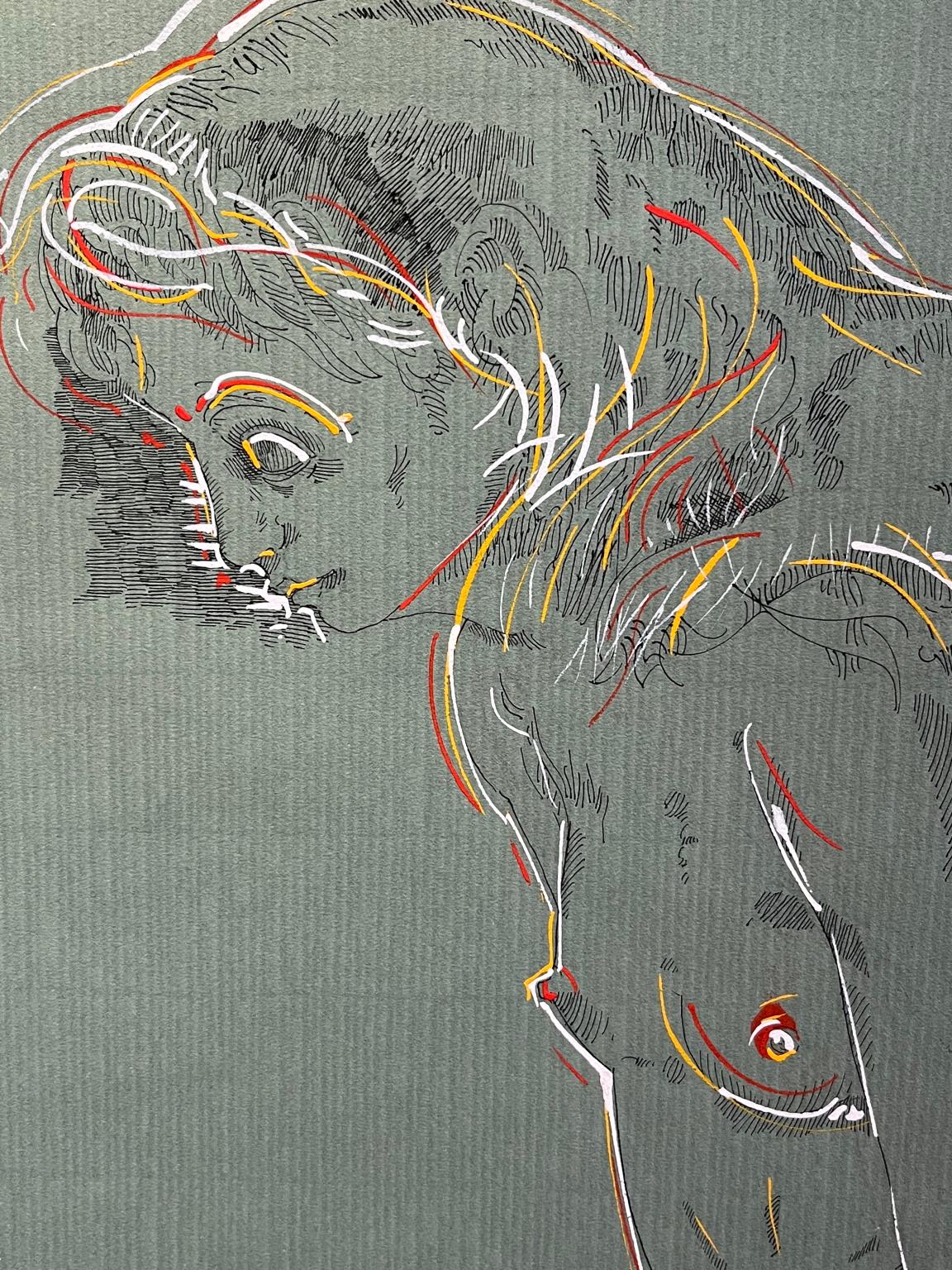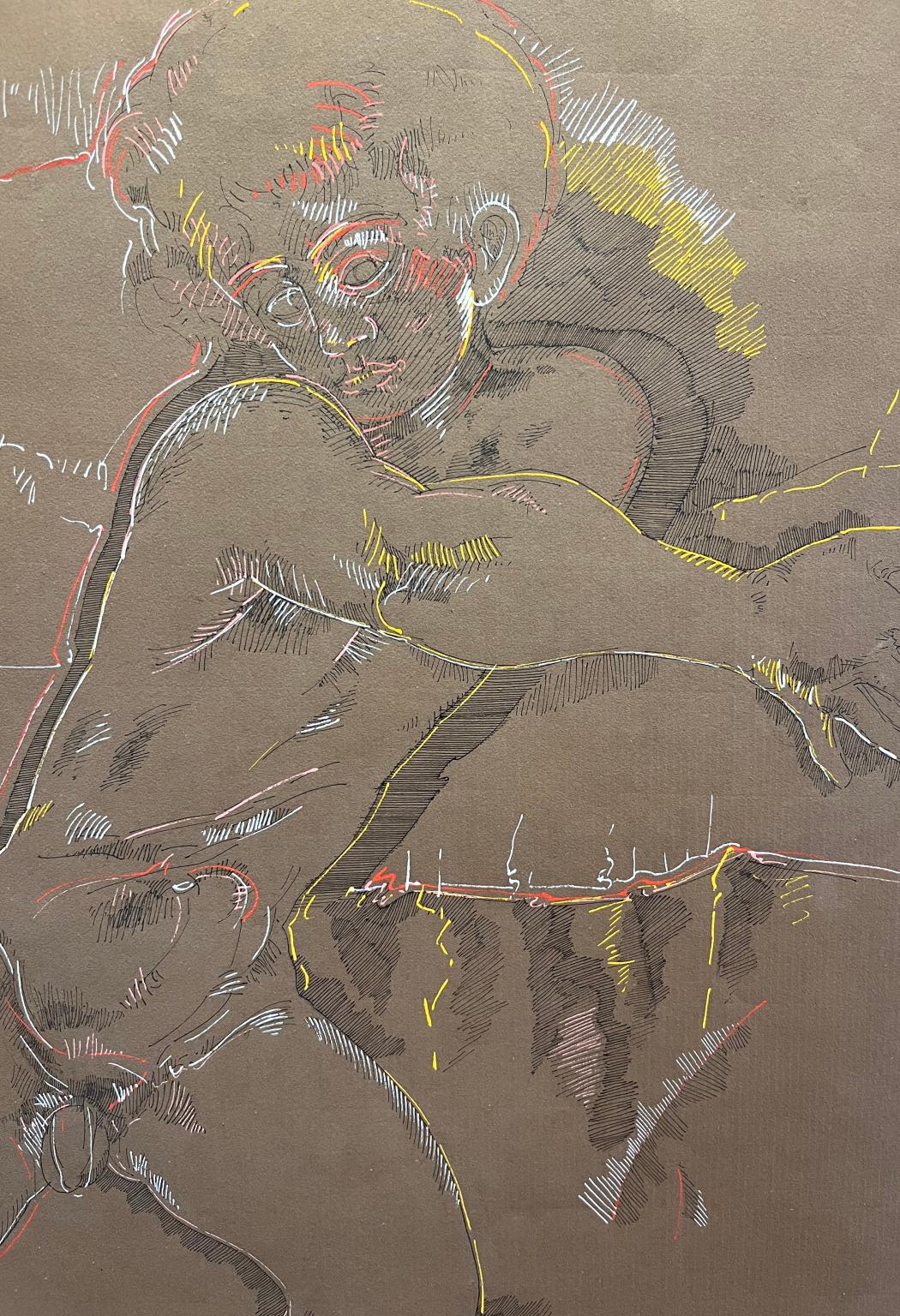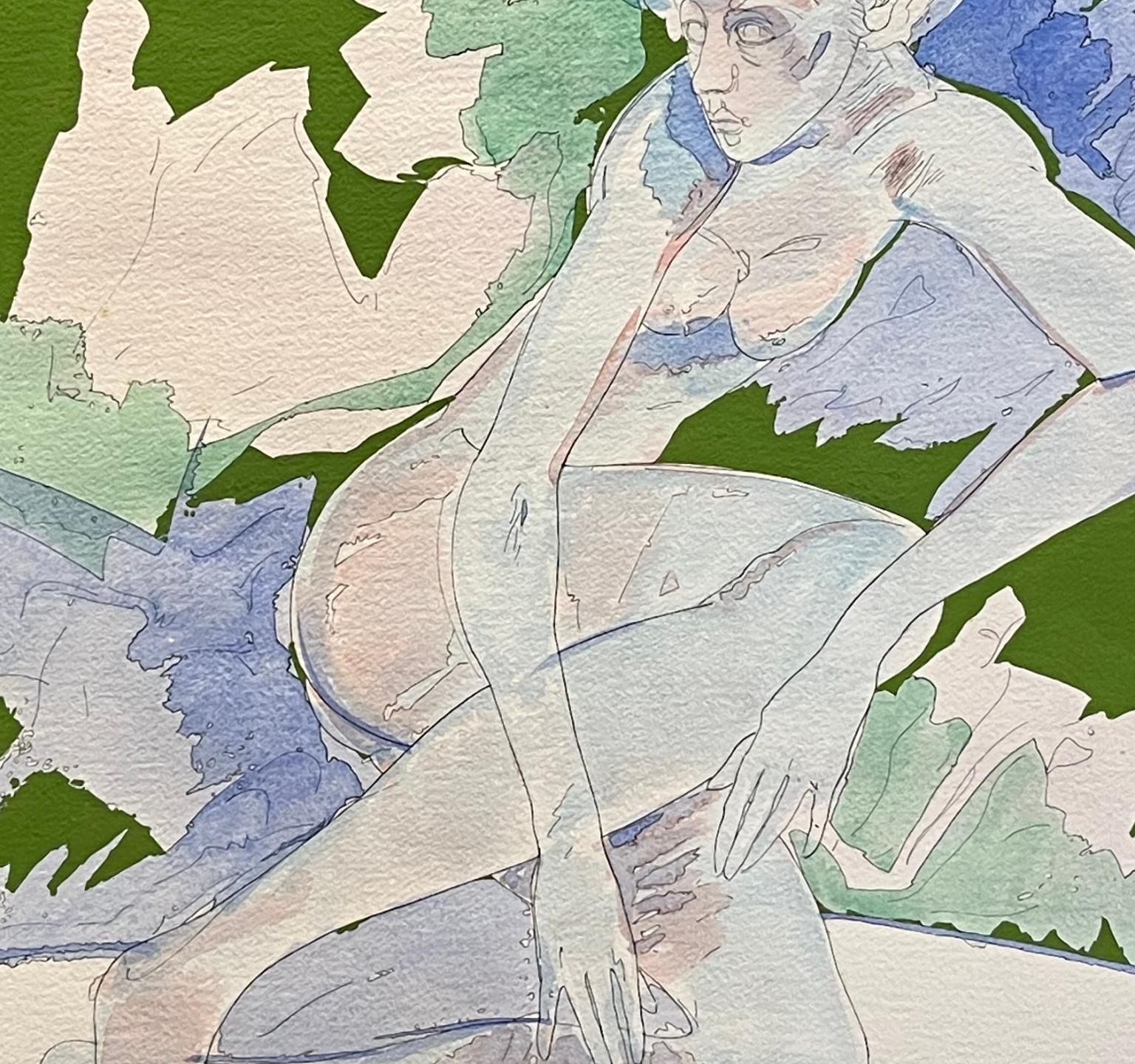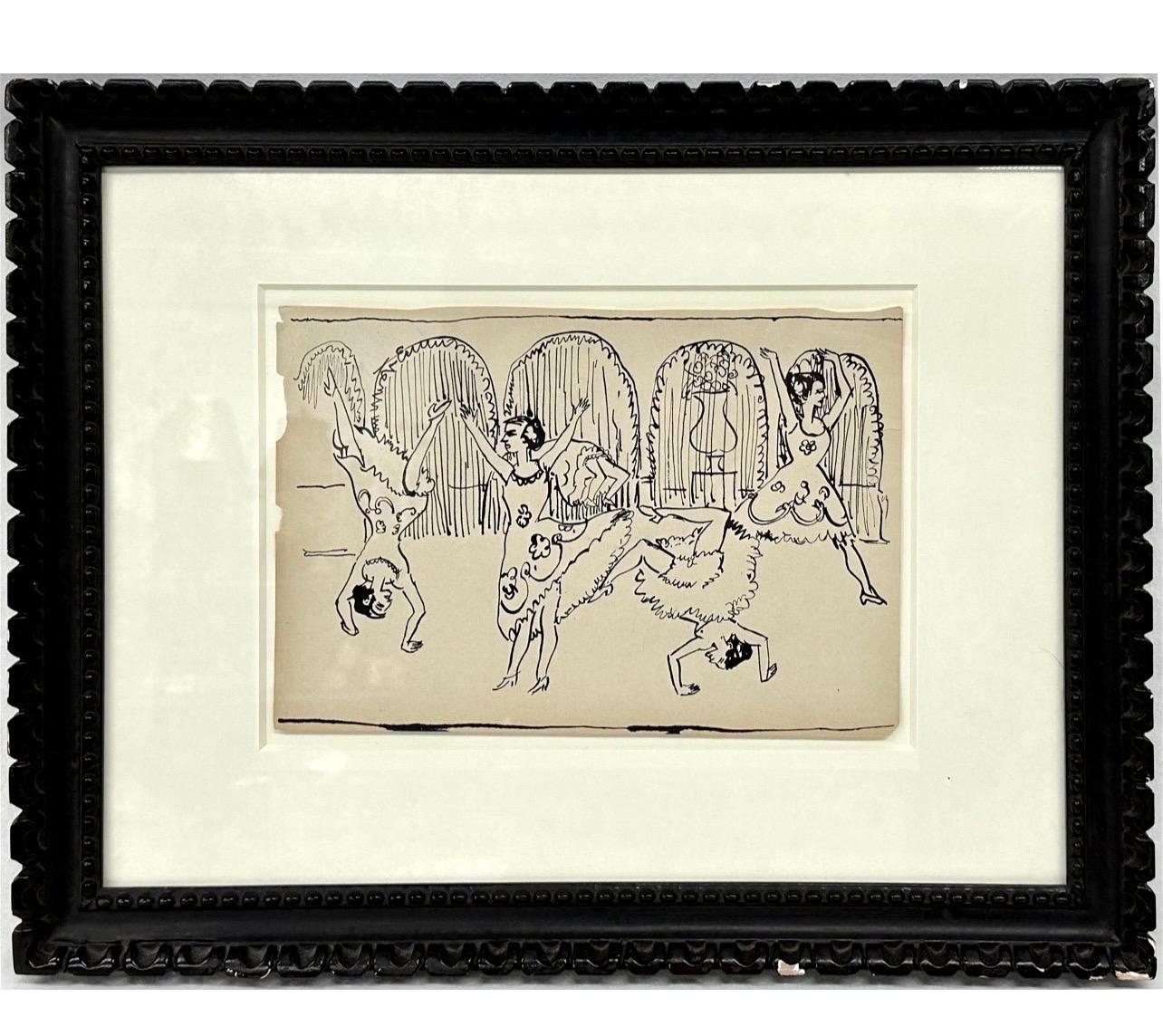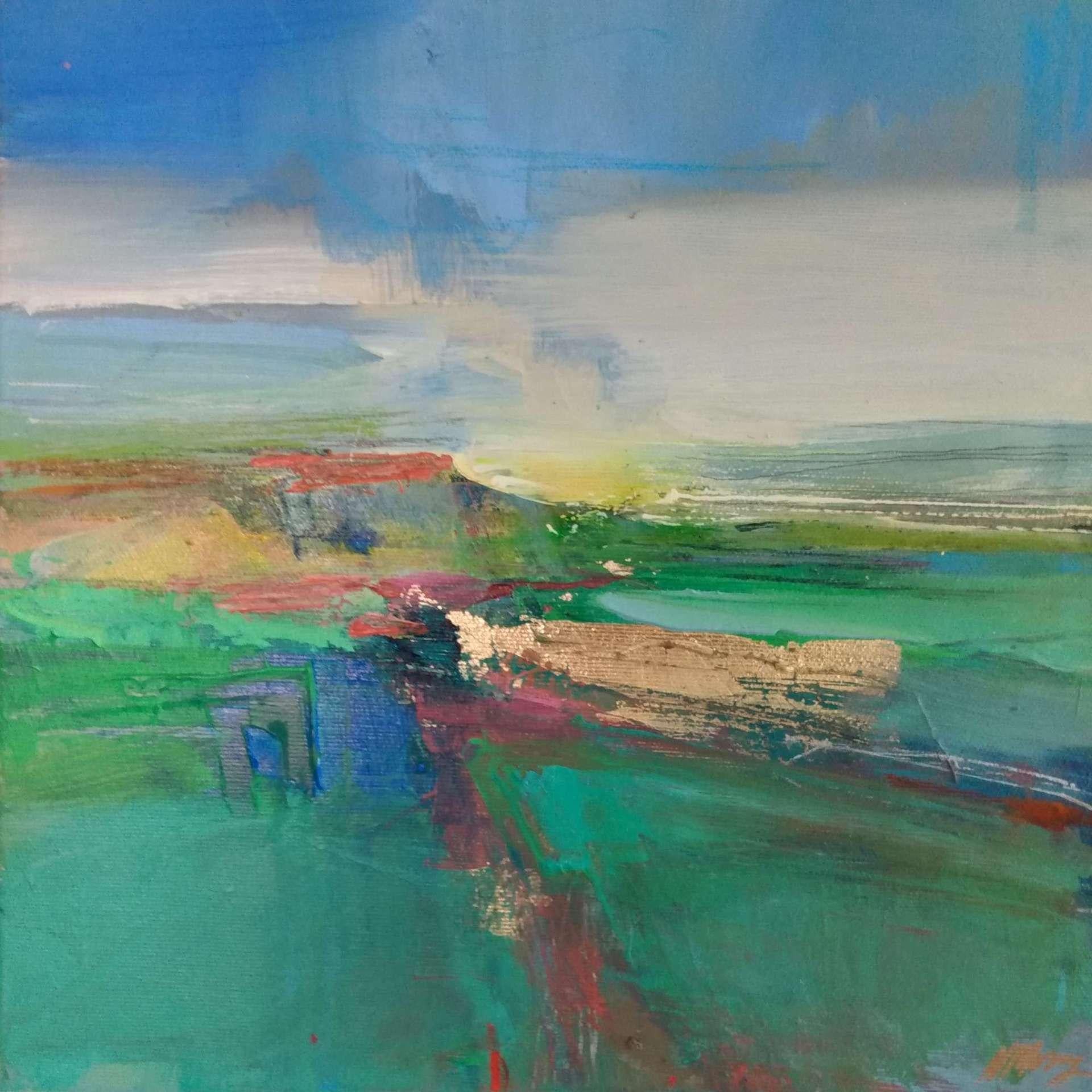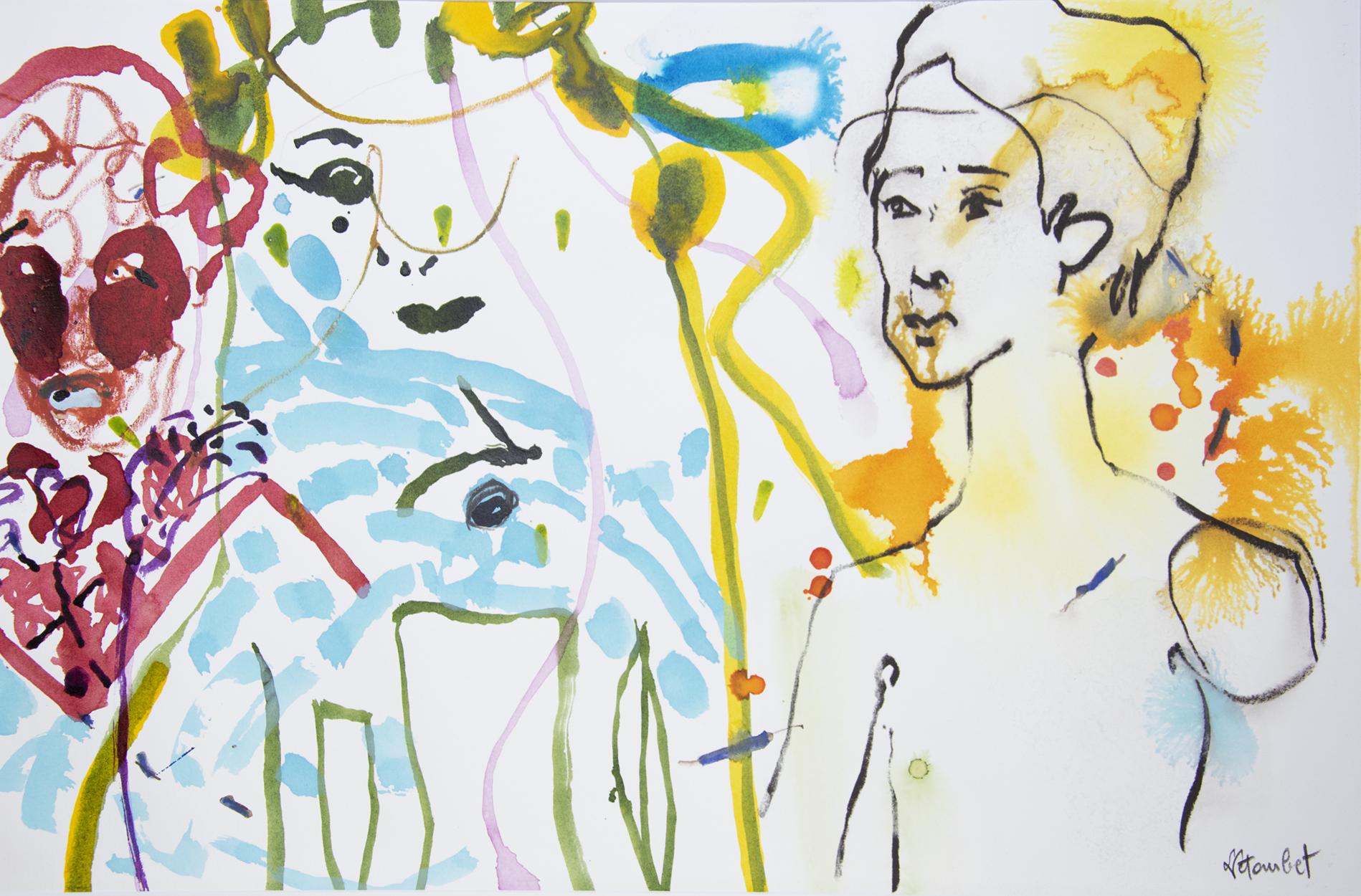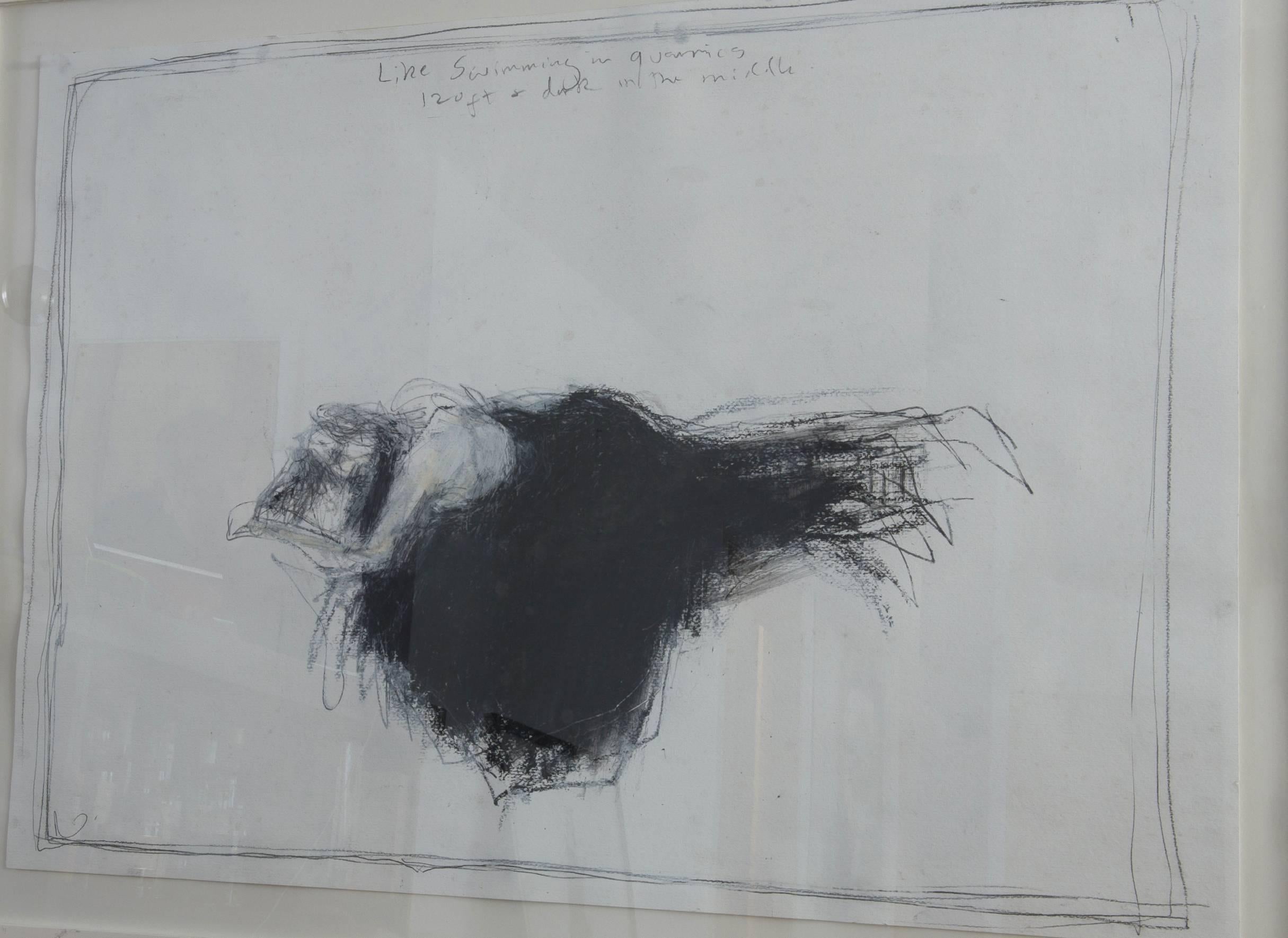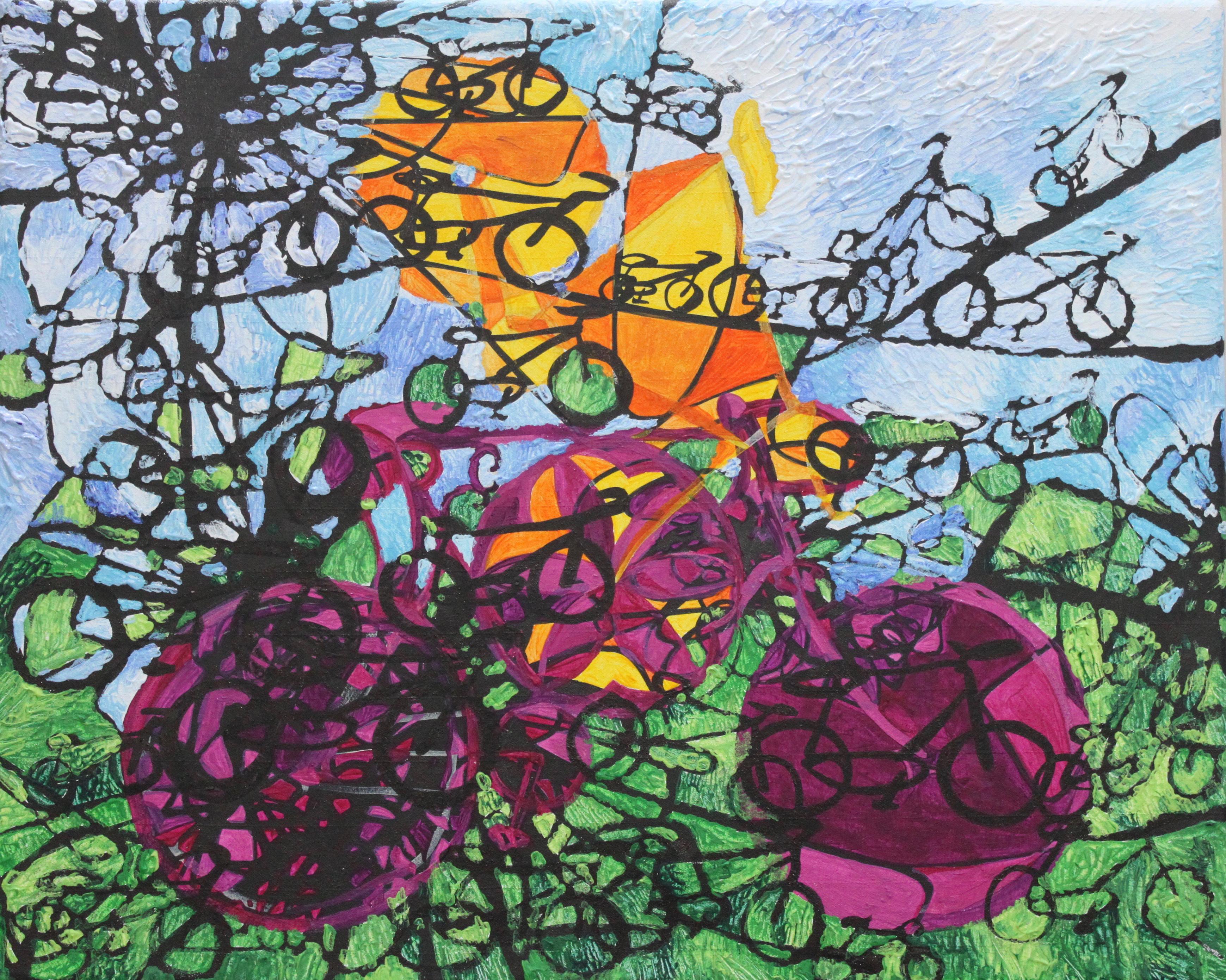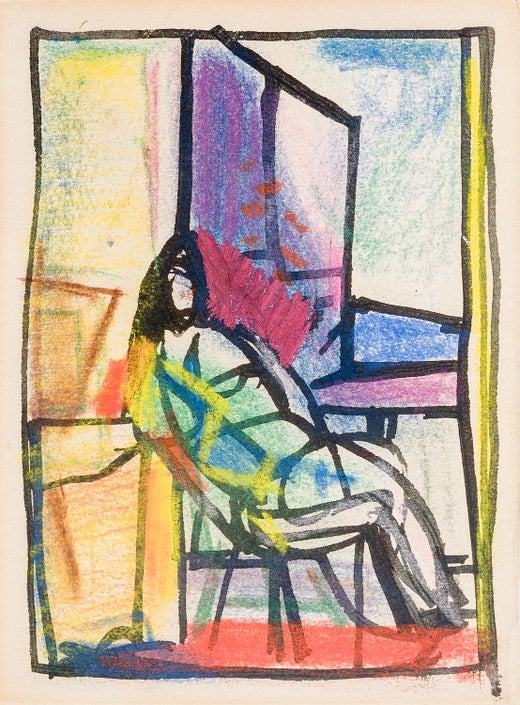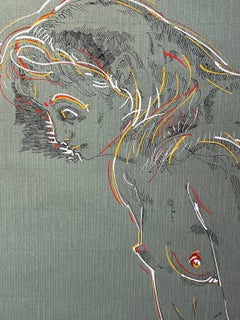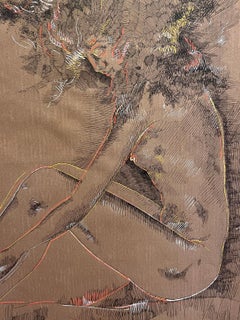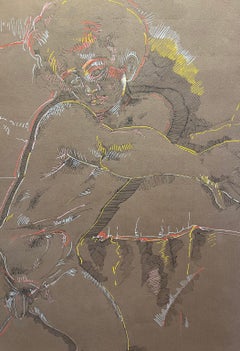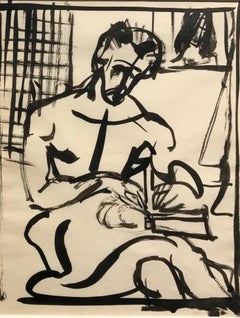
Self Portrait
1 of 4
Franz KlineSelf Portraitunknown
unknown
$48,000List Price
About the Item
- Creator:Franz Kline (1910 - 1962, American)
- Creation Year:unknown
- Dimensions:Height: 11.5 in (29.21 cm)Width: 8 in (20.32 cm)
- Medium:
- Movement & Style:
- Period:
- Condition:
- Gallery Location:Boston, MA
- Reference Number:1stDibs: LU46232087543
Franz Kline
Franz Kline (1910 – 1962) was an American painter. He is associated with the Abstract Expressionist movement of the 1940s and 1950s. Kline, along with other action painters like Jackson Pollock, Willem de Kooning, Robert Motherwell and Lee Krasner, as well as local poets, dancers, and musicians came to be known as the informal group, the New York School. Although he explored the same innovations to painting as the other artists in this group, Kline's work is distinct in itself and has been revered since the 1950s. Kline was born in Wilkes-Barre, a small coal-mining community in Eastern Pennsylvania. He studied art at Boston University from 1931 to 1935, then spent a year at the Heatherley School of Fine Art in London where he met his future wife, Elizabeth V. Parsons, a British ballet dancer. She returned to the United States with Kline in 1938, and Kline worked as a designer for a department store in New York state. He moved to New York City in 1939 and worked for a scenic designer. It was during this time in New York that he developed his artistic techniques and gained recognition as a significant artist. He later taught at a number of institutions including Black Mountain College in North Carolina and the Pratt Institute in Brooklyn. He spent summers from 1956 to 1962 painting in Provincetown, Massachusetts. Kline's artistic training focused on traditional illustrating and drafting. During the late 1930s and early 1940s he worked figuratively, painting landscapes and cityscapes in addition to commissioned portraits and murals. His individual style can be first seen in the mural series Hot Jazz, which he painted for a New York bar in 1940. The series revealed his interest in breaking down representative forms into quick, rudimentary brushstrokes. The personal style he developed during this time, using simplified forms, became increasingly more abstract. Many of the figures he depicted are based on the locomotives, stark landscapes, and large mechanical shapes of his native, coal-mining community in Pennsylvania. This is sometimes only apparent to viewers because the pieces are named after those places and objects, not because they actually look like the subject. With the influence of the contemporary New York art scene, Kline worked further into abstraction and eventually abandoned representationalism. From the late 1940s onward, Kline began generalizing his figurative subjects into lines and planes which fit together much like the works of Cubism of the time.
Authenticity Guarantee
In the unlikely event there’s an issue with an item’s authenticity, contact us within 1 year for a full refund. DetailsMoney-Back Guarantee
If your item is not as described, is damaged in transit, or does not arrive, contact us within 7 days for a full refund. Details24-Hour Cancellation
You have a 24-hour grace period in which to reconsider your purchase, with no questions asked.Vetted Professional Sellers
Our world-class sellers must adhere to strict standards for service and quality, maintaining the integrity of our listings.Price-Match Guarantee
If you find that a seller listed the same item for a lower price elsewhere, we’ll match it.Trusted Global Delivery
Our best-in-class carrier network provides specialized shipping options worldwide, including custom delivery.You May Also Like
Italian Tuscany Figurative Expressionism Female Nude ink on paper 20st
Located in Florence, IT
The painting is signed and dated: L. NOCENTINI 91.
The style of Ladislao Nocentini can be defined as a sort of Figurative Expressionism: his i...
Category
Early 2000s Expressionist Portrait Paintings
Materials
Paper, Ink
Patrick's cave - Julien Wolf, 21st Century, Contemporary Expressionist Drawing
By Julien Wolf
Located in Paris, FR
Oil pastel, India ink and charcoal on paper
2020
Signed
Unique work
Julien Wolf is a French painter born in 1981 in Strasbourg, France.
In 2007, he graduated from the DNSEP Art se...
Category
2010s Expressionist Figurative Paintings
Materials
Paper, Charcoal, Oil Pastel, India Ink
Italian Tuscany Figurative Expressionism Female Nude ink on paper 20st
Located in Florence, IT
The painting is signed and dated: L. NOCENTINI 91.
The style of Ladislao Nocentini can be defined as a sort of Figurative Expressionism: his i...
Category
Early 2000s Expressionist Portrait Paintings
Materials
Paper, Ink
Italian Tuscany Figurative Expressionism Male Nude ink on paper 20st
Located in Florence, IT
The painting is signed and dated: L. NOCENTINI 91.
The style of Ladislao Nocentini can be defined as a sort of Figurative Expressionism: his i...
Category
Early 2000s Expressionist Portrait Paintings
Materials
Paper, Ink
Italian Tuscany Figurative Expressionism Female Nude watercolour ink paper 20st
Located in Florence, IT
The painting is signed and dated: L. NOCENTINI 92.
The style of Ladislao Nocentini can be defined as a sort of Figurative Expressionism: his i...
Category
Early 2000s Expressionist Portrait Paintings
Materials
Paper, Ink, Watercolor
Original German Expressionist Drawing Ernst Ludwig Kirchner Women Dancing
By Ernst Ludwig Kirchner
Located in Surfside, FL
Ernst Ludwig Kirchner ( Germany 1880-1938 )
Expressionist Female Women Dancing Mixed Media on Paper Drawing or Painting Expressionism
Dimensions: 20" L 16" H in
This bore a sticker from Christies auction house and another collection sticker verso but they have been inadvertently removed. I do have the photo.
Ernst Ludwig Kirchner (1880 – 1938) was a German expressionist painter and printmaker and one of the founders of the artists group Die Brücke or "The Bridge", a key group leading to the foundation of Expressionism in 20th-century art. He volunteered for army service in the First World War, but soon suffered a breakdown and was discharged. His work was branded as "Entartete Kunst" or "degenerate" by the Nazis in 1933, and in 1937 more than 600 of his works were sold or destroyed.
Ernst Ludwig Kirchner was born in Aschaffenburg, Bavaria. His parents were of Prussian descent and his mother was a descendant of the Huguenots, a fact to which Kirchner often referred. As Kirchner's father searched for a job, the family moved frequently and Kirchner attended schools in Frankfurt and Perlen until his father earned the position of Professor of Paper Sciences at the College of technology in Chemnitz, where Kirchner attended secondary school. Although Kirchner's parents encouraged his artistic career they also wanted him to complete his formal education so in 1901, he began studying architecture at the Königliche Technische Hochschule (royal technical university) of Dresden. The institution provided a wide range of studies in addition to architecture, such as freehand drawing, perspective drawing and the historical study of art. While in attendance, he became close friends with Fritz Bleyl, whom Kirchner met during the first term. They discussed art together and also studied nature, having a radical outlook in common. Kirchner continued studies in Munich from 1903 to 1904, returning to Dresden in 1905 to complete his degree.
In 1905, Kirchner, along with Bleyl and two other architecture students, Karl Schmidt-Rottluff and Erich Heckel, founded the artists group Die Brücke ("The Bridge") later to include Emil Nolde, Max Pechstein and Otto Mueller. From then on, he committed himself to art. The group aimed to eschew the prevalent traditional academic style and find a new mode of artistic expression, which would form a bridge (hence the name) between the past and the present. They responded both to past artists such as Albrecht Dürer, Matthias Grünewald and Lucas Cranach the Elder, as well as contemporary international avant-garde movements. As part of the affirmation of their national heritage, they revived older media, particularly woodcut or woodblock prints.
Kirchner's studio became a venue which overthrew social conventions to allow casual love-making and frequent nudity. Group life-drawing sessions took place using nude models from the social circle, rather than professionals, and choosing quarter-hour poses to encourage spontaneity. In 1911, he moved to Berlin, where he founded a private art school, MIUM-Institut, in collaboration with Max Pechstein with the aim of promulgating "Moderner Unterricht im Malen" (modern teaching of painting). This was not a success and closed the following year, when he also began a relationship with Erna Schilling that lasted the rest of his life. In 1917, at the suggestion of Eberhard Grisebach [de], Helene Spengler invited Kirchner to Davos where he viewed an exhibition of Ferdinand Hodler paintings. "When I was leaving, I thought of Vincent Van Gogh's fate and thought that it would be his as well, sooner or later. Only later will people understand and see how much he has contributed to painting".
In 1921 Kirchner visited Zurich at the beginning of May and met the dancer, Nina Hard, whom he invited back to Frauenkirch (despite Erna's objections). Nina Hard would become an important model for Kirchner and would be featured in many of his works. Kirchner began creating designs for carpets which were then woven by Lise Gujer.
In 1925, Kirchner became close friends with fellow artist, Albert Müller...
Category
Early 20th Century Expressionist Figurative Drawings and Watercolors
Materials
Paper, Ink
